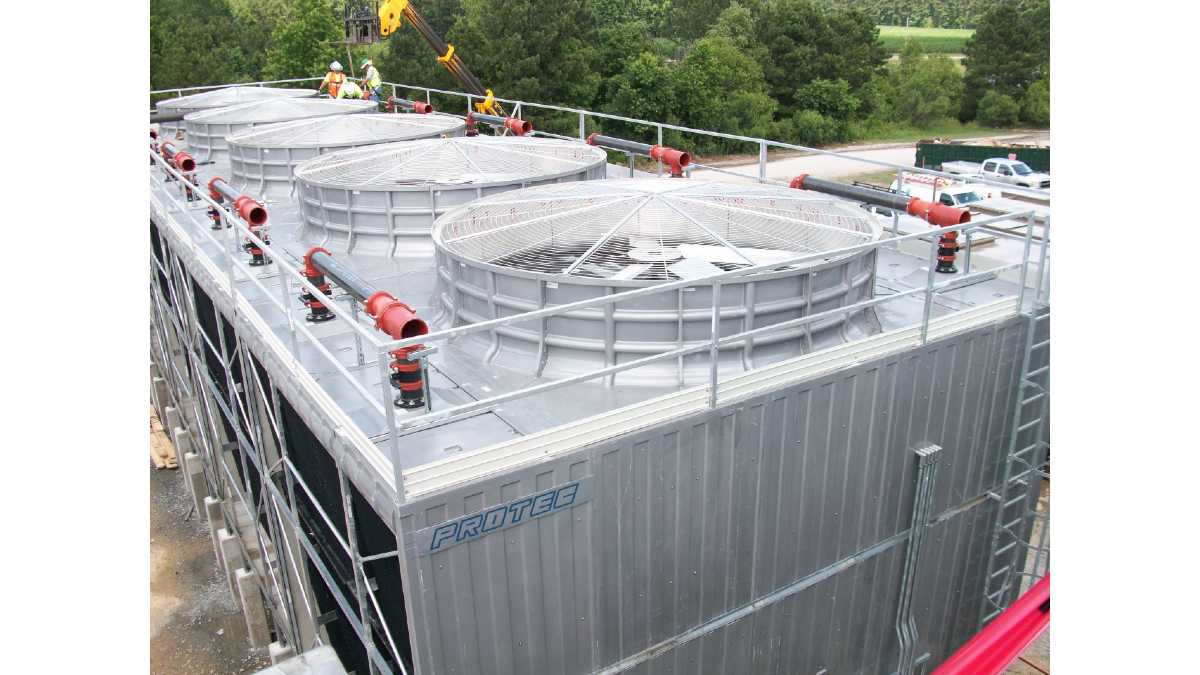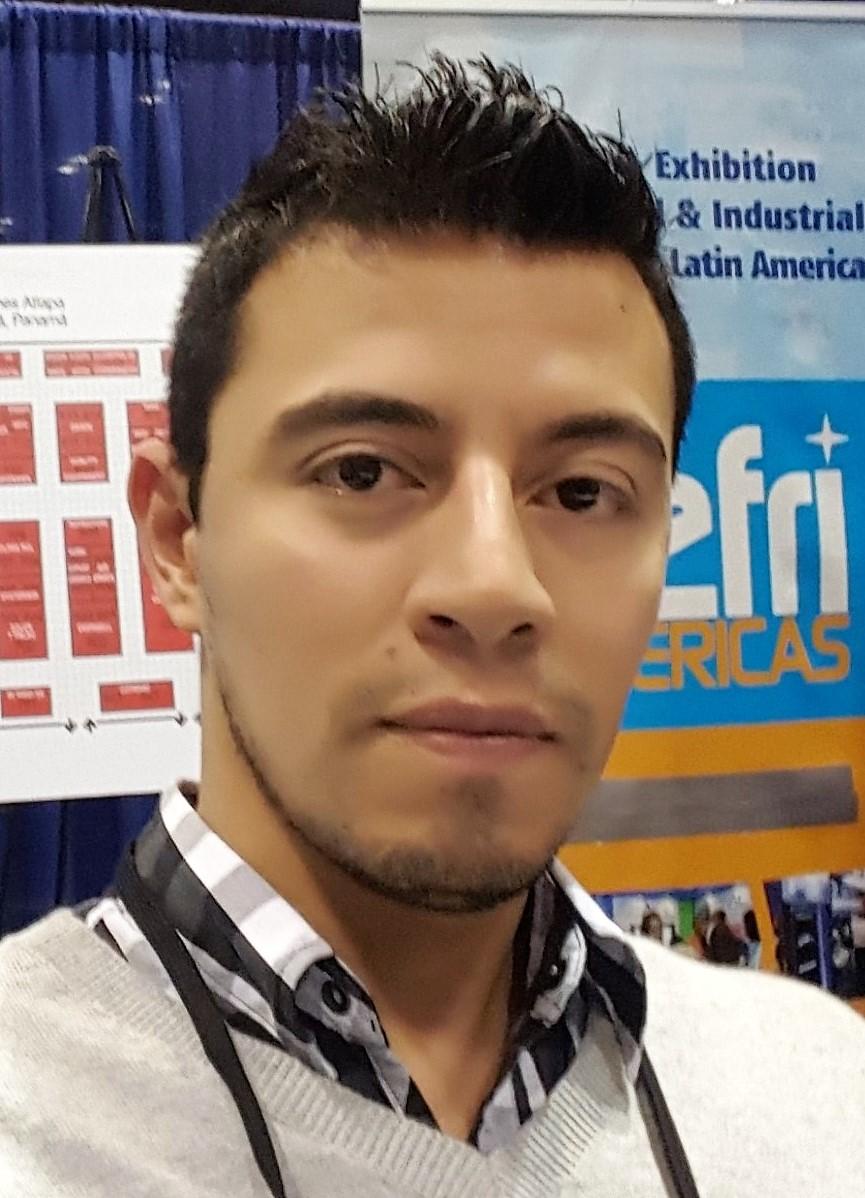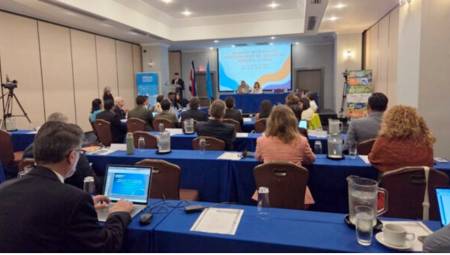 The pandemic distracted us, but we must continue to insist on the importance of investing in energy-efficient equipment.
The pandemic distracted us, but we must continue to insist on the importance of investing in energy-efficient equipment.
By Alfredo Sotolongo*
The most economical energy to produce is the one that is saved!
We have spent a year with a crisis to which none of us, nor our parents, nor grandparents, had been exposed at any time in our lives: COVID-19.
We are already approaching the end of the tunnel and thank God in some of our countries we begin to see the light with the imminent arrival of the vaccine. The time has come to join 100% of our pre-COVID-19 activity to continue working and accumulating professional and financial achievements and contributing to improve our environment by applying innovative technology. We can't fall asleep.
In these months we have been exposed to many articles and recommendations on how to control COVID-19 from the point of view of air conditioning. Apart from articles and recommendations, in reality the most important thing is to continue using protective masks, maintaining the minimum distance of 6' and avoiding congestion of people in closed rooms until the epidemic subsides and the virus is eradicated.
In this paper I want to re-emphasize the importance of minimizing energy consumption. Not only because of what this represents for countries that have to import fuel to generate electricity and as a consequence suffer unnecessary leakage of foreign currency, but also, because of the advantage for the investor in central air conditioning systems. The additional investment in more efficient equipment is recovered in a very short time with savings in operating expenses. Once the additional investment is recovered, the owner benefits from the savings in operation for many more years.
The air conditioning system represents the highest electricity consumption in commercial buildings in tropical areas, approximately 70% of total consumption. Experience confirms that most air conditioning systems operate 95% of the time between 40% and 60% of their capacity.
I'm going to focus on commercial cold water systems composed of the following:
• Water condensing chillers.
• Cooling towers.
• Cold water and condensation pumps.
• Air handlers.
• Air distribution through variable volume systems.
All this governed by a centralized system of controls that I call a conductor. This system of controls does not allow the equipment that makes up the air conditioning system to work independently of each other. It is composed of algorithms that allow each component of the system to operate at its optimum efficiency for each thermal capacity at all times, resulting in the lowest kW/Ton values of the complete system.
The purpose is to use centrifugal equipment and apply the laws of affinity where the electrical consumption drops exponentially to the cube by reducing the revolutions. For example, if it is necessary to lower the volume of the fluid either air, water or coolant to 50%, the revolutions of the engines drop linearly to 50%, but the power consumed drops to approximately 20%. In other words, a motor of 100 HP and 1,800 RPM, when the rotational speed drops to 900 RPM the engine consumption drops to approximately 20 HP.
Water condensation chillers
The chiller to be selected had to be the one that operates with magnetic balineras that does not require oil for lubrication. They operate at very high efficiencies at partial loads. Each chiller must have its own independent control in communication with the central control and the compressors must be of the centrifugal type.
Cooling Towers
Cooling towers must minimize the drop in air and water pressure through them. They must be built with anticorrosive materials such as fiberglass or stainless steel that allow them to have a longer service life and have frequency inverters in communication with centralized control.
Cold water and condensation pumps
Pumps should be vertical in-line for easy maintenance and seal change. Each must have a variable frequency drive installed as an integral part of these and combined also with centralized control. They must be able to report water flow, pressure drop, rotational speed (RPM) and electricity consumption.
Air handlers
Mostly variable volume to take advantage of the laws of affinity and each with its frequency inverter in communication with the central control. They must include enthalpy wheel to recover energy from the exhaust air.
Air distribution
Air control in conditioned areas must modulate smart boxes or diffusers so that the volume of air is always supplied to compensate for sensitive heat at all times the system is in operation.
I hope they decide to rededicate, with all the passion of always, to design and / or install the air conditioning systems of the highest possible efficiency where the investor recovers his additional investment in a very short time and the country does not waste foreign currency by having to import extra fuel.
If you need more information on any of these items, please contact the mail: [email protected]
* President of Protec, Inc., is certified as a professional engineer in Puerto Rico and the state of Florida; has more than 40 years of experience in the application and sale of systems and equipment for energy conservation. He is a member of ASME (American Society of Mechanical Engineers), AEE (Association of Energy Engineers), ASHRAE and was president of the Miami chapter of that association.














